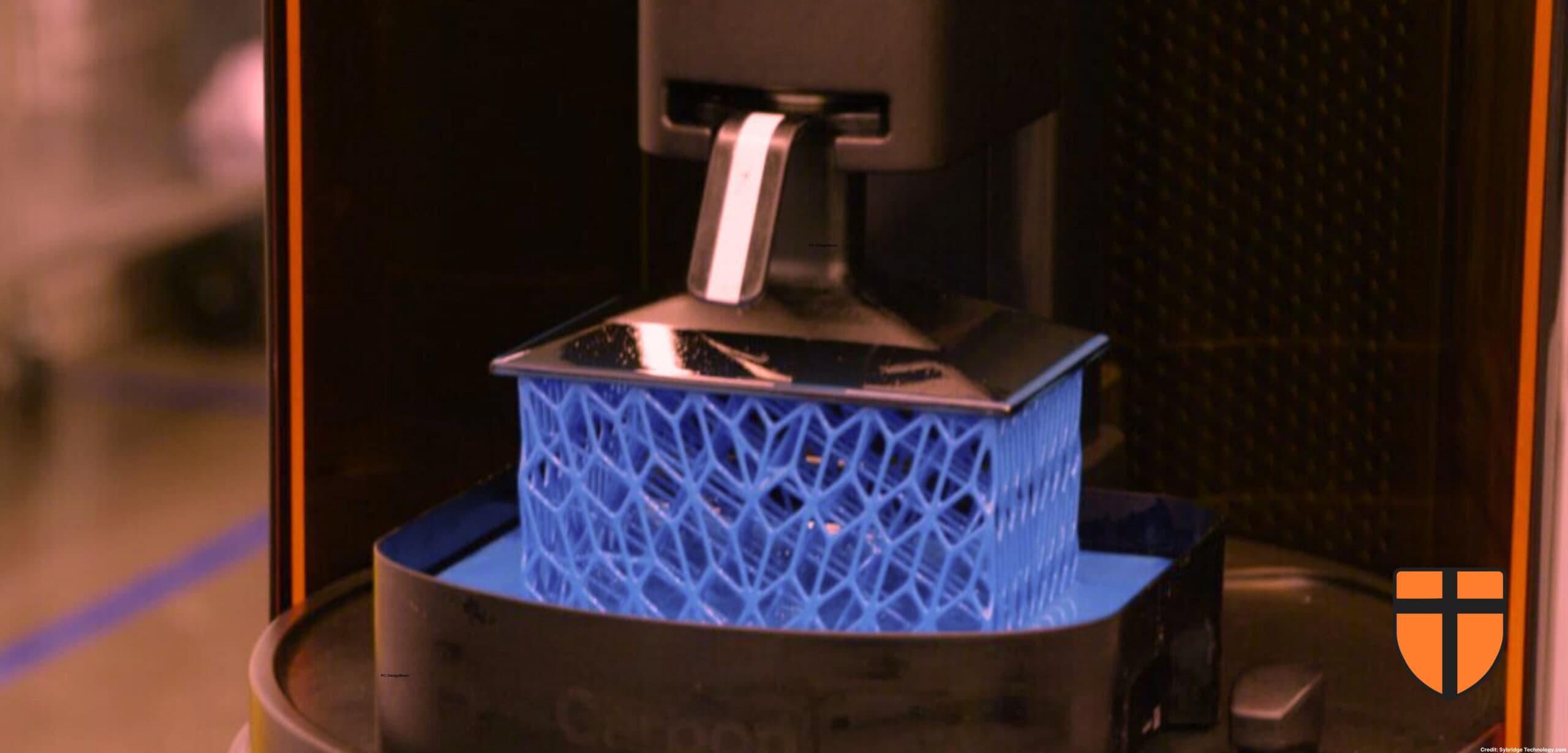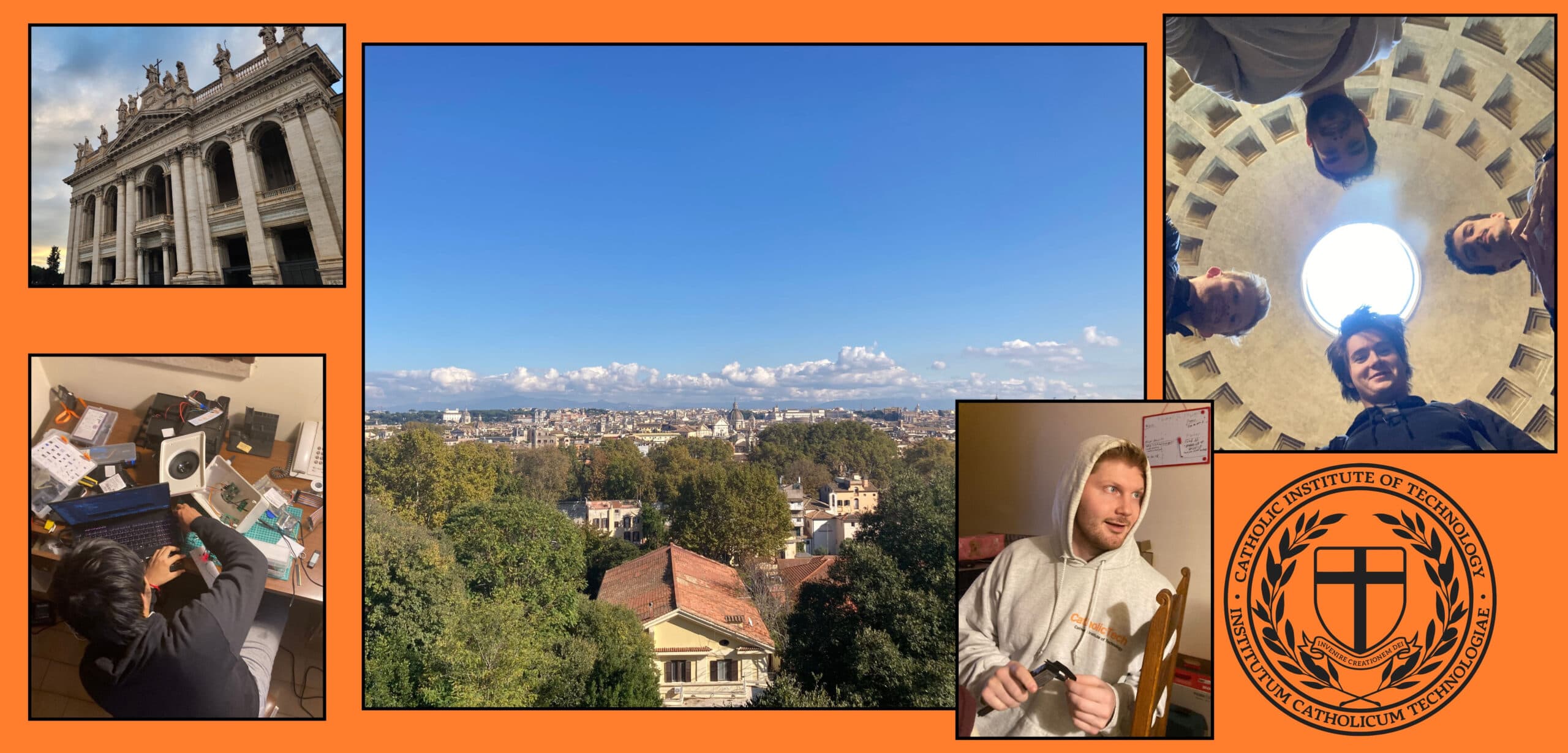
The Pope Returns to Castel Gandolfo

Just days ago the news that Pope Leo XIV will be coming to Castel Gandolfo this summer broke. A town official recently informed the Catholic News Agency of the pope’s plans to return Castel Gandolfo to its former status as papal summer home and the Vatican confirmed the news just a few days later, on June 17th.
Pope Leo will be visiting the town from July 6th to July 20th of this year, and again on August 15th, the feast of the assumption. During those periods he will be not be conducting audiences, instead taking his rest in the cool mountain air. He will not, however, be totally isolated, as it has been announced that he will celebrate several masses there, both in the local parish of St. Thomas of Villanova, a church beloved both by the town and by CatholicTech, and in the diocese’s cathedral of Albano. One of those masses will be on the feast of the assumption, at St. Thomas of Villanova, which we are sure will be an unforgettable moment for all who witness it, and form a strong bond between our pontiff and his people. Finally, Pope Leo will also be saying the angelus at points during both of visits, in the square outside the apostolic palace.
The tradition of using the Apostolic Palace of Castel Gandolfo as a summer home goes back just over 400 years, to Pope Urban the VIII. Prior to that it had been owned by a prominent Italian family, and before them the emperor Domitian had gardens there. This rich history is due, at least in part, to the palace’s unquestionably incredible location. In the hills above Rome, it’s close enough to the city to be convenient, yet far enough to avoid the bustle of the city. Furthermore, the nearby lake and its altitude keep it much cooler during the hot summer months than the roasting city of Rome.
The palace grounds cover roughly 135 acres, and include gardens, tennis courts and swimming pools. The building itself has numerous rooms with purposes ranging from writing important documents, even encyclicals, to playing Piano, as Pope Benedict used to. The palace has been used by many of the holiest and best known popes. Pope St. John XIII used it often, and several times snuck away from it to escape the men set to guard him and have some time alone (though this almost backfired when he was nearly crushed by an affectionate crowd). Pope St. John Paul II was the one to have the swimming pools installed, and would use the residence often, and at all times of year. Pope St. Paul VI died there.
The history of the apostolic palace is storied, its location is perfect, and perhaps best of all, it provides a way for the pope to remain close to his flock. Rather than staying only in Rome, a city too large to offer such a personal connection, the pope chooses to spend some time where he can be immediate to his flock. And while he will still be behind his walls (walls proved thin for Pope John XXIII), he is nonetheless close. The reinstating of this tradition is a reinstating of the pope’s connection to the people for whom he is not only pope, but also bishop.
The pope’s choice to celebrate the feast of Our Lady’s assumption in Castel Gandolfo is also important. The Assumption is a major feast. It represents an event which constitutes one of the four Marian dogmas, one which was pronounced in no uncertain terms to be true by Pope Pius XII. Further, it supports another key Catholic doctrine: That of the resurrection of the body. Present in the creed, this is our belief that the dead will have their bodies returned prior to the last judgement, the holy receiving glorified bodies similar to that of Christ after his resurrection. Mary’s assumption also supports the doctrine of the union of the saints with God, and overall is an archetype of the full journey of the human person to his final resting place with God.
CatholicTech is both honored and blessed to have its campus in the town which not only houses the Vatican Observatory, but also will once again house his holiness. We hope we can live up to that honor, doing everything in our power to support Pope Leo in his work for the sanctification of the world.





